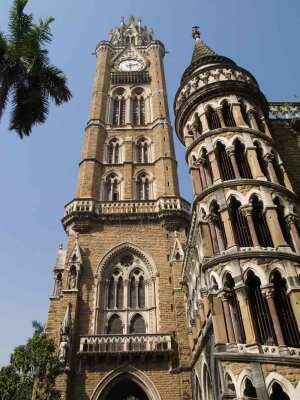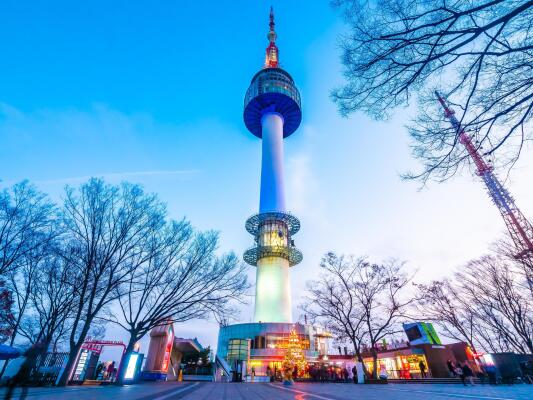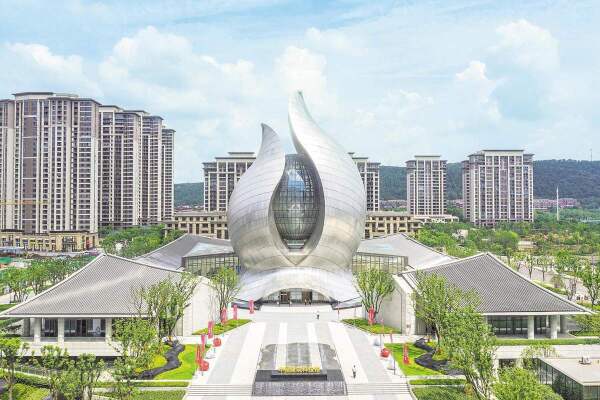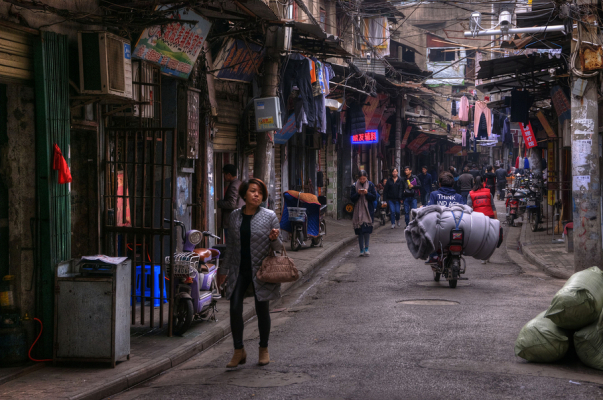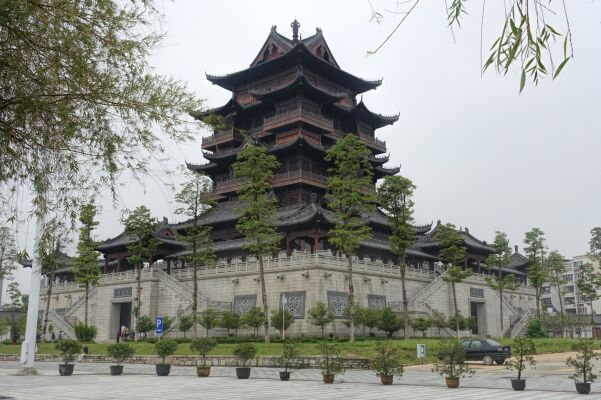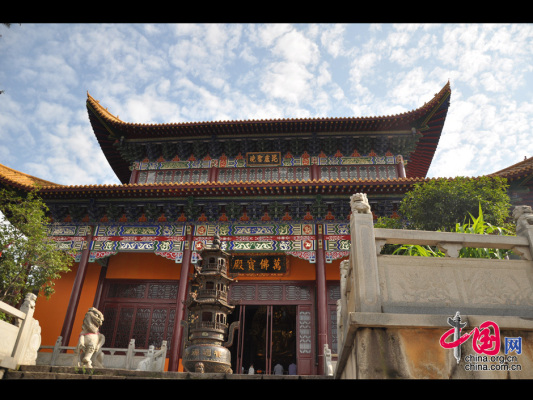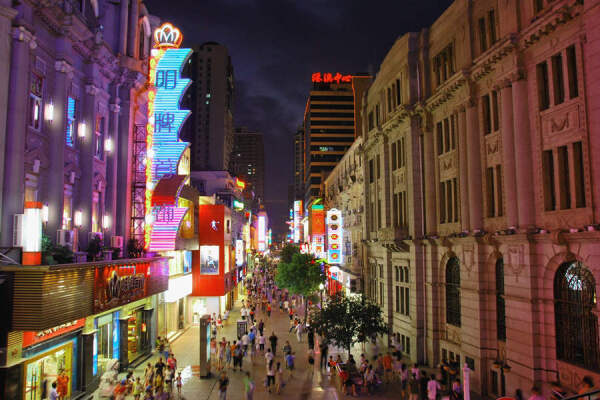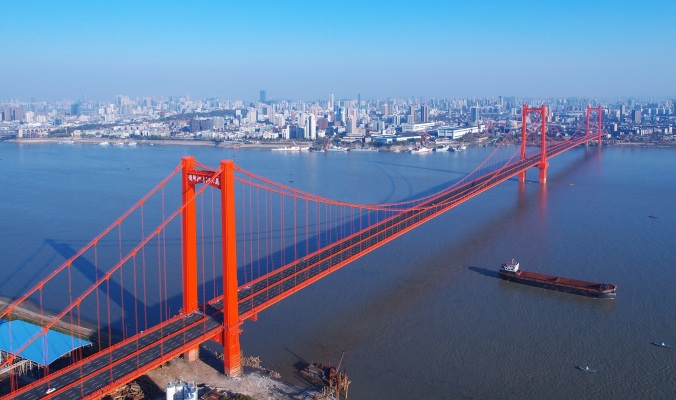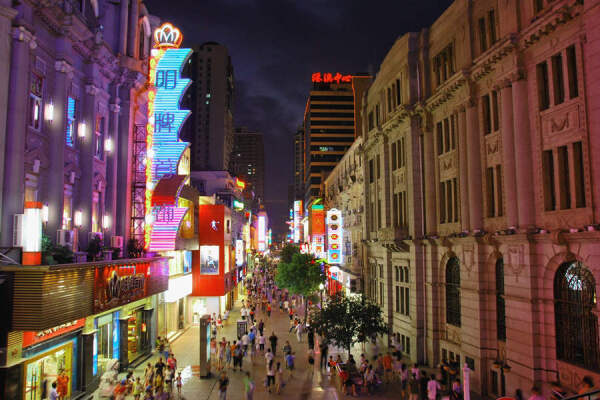Yellow Crane Tower

The Yellow Crane Tower is a historic site located in Wuhan, China. It is a traditional Chinese tower that has been rebuilt several times throughout history. The most recent reconstruction of the tower was completed in 1981.
The Yellow Crane Tower has been an important landmark in Wuhan for over 1,700 years. It is said to have been originally built during the Three Kingdoms period (220-280 AD) and has since become a symbol of the city.
The tower offers stunning views of the Yangtze River and the city of Wuhan. It is surrounded by beautiful gardens and is a popular tourist destination for both locals and visitors to the area.
In addition to its picturesque location, the Yellow Crane Tower is also known for its cultural significance. It has been immortalized in countless poems and paintings throughout Chinese history.
Overall, the Yellow Crane Tower is a must-visit historic site in Wuhan, China. It offers a unique glimpse into the city's rich history and provides visitors with an opportunity to appreciate the beauty and artistry of traditional Chinese architecture.
Vampire Movie Filming Locations
Yellow Crane Tower, located in Wuhan, China, is a historic tower that dates back over 2,000 years. It has been immortalized in Chinese poetry and literature, and is considered a symbol of the city of Wuhan.
In recent years, Yellow Crane Tower has also been used as a filming location for vampire movies. One such movie, "The Bloodthirsty Dead", was shot on location at Yellow Crane Tower. The tower's ancient architecture and eerie atmosphere provided the perfect backdrop for the film's spooky scenes.
While the use of Yellow Crane Tower as a filming location for vampire movies may seem unusual, it is not uncommon for historic landmarks to be used in this way. Filmmakers often seek out unique and visually striking locations to add depth and authenticity to their productions.
Overall, the use of Yellow Crane Tower as a filming location for vampire movies is a testament to the tower's cultural significance and timeless appeal. It serves as a reminder of the rich history and mythology that surrounds this iconic landmark in Wuhan, China.


